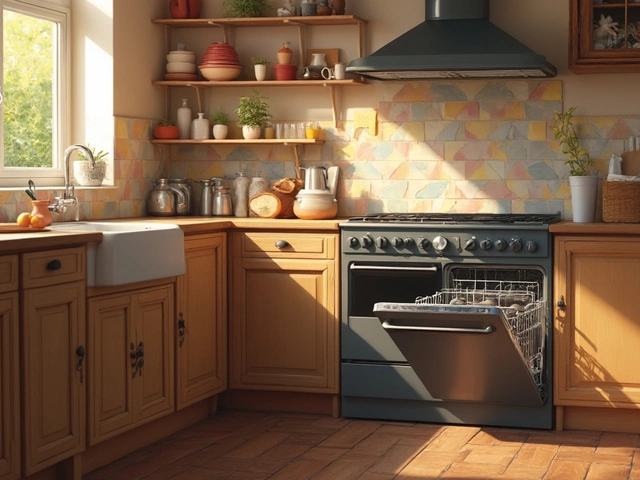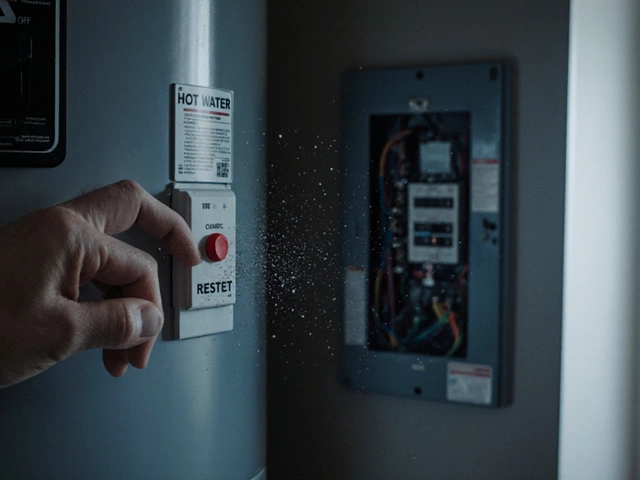Heat Pump Efficiency Tips – Boost Performance and Cut Bills
If your heat pump feels lazy or your energy bills are creeping up, you’re not alone. Most homeowners think a heat pump works the same forever, but a few tweaks can make a big difference. Below are the easiest, most effective steps to get more heat out of every kilowatt.
Keep the Unit Clean and Free of Obstructions
Dust, leaves and pet hair love to settle on the outdoor coil. When the coil is clogged, airflow drops and the compressor works harder. Grab a garden hose and give the coil a gentle rinse once a year – preferably in the spring before heating season starts. Inside, check the air filters every month during heavy use and replace them when they look gray. A clean filter restores proper airflow and prevents the motor from overheating.
Set the Right Temperature and Use Smart Controls
Most heat pumps have a ‘set‑back’ feature that lets you lower the temperature while you’re out or sleeping. Dropping the thermostat by just 2‑3°C can shave 5‑10% off your electricity use. If you have a programmable or Wi‑Fi thermostat, schedule the set‑back and let the system wake up before you return home. Avoid cranking the temperature up to 30°C in a rush – the pump will cycle on and off, wasting energy.
Another quick win is to run the fan on ‘auto’ instead of ‘on’. When the fan runs constantly, it circulates warm air even when the compressor is off, which can pull heat back into the room and make the pump work longer.
Check the Refrigerant Levels
Low refrigerant is a silent killer of efficiency. If you notice the indoor fan running but the air isn’t getting warm, it could be a refrigerant leak. This isn’t a DIY job – call a certified technician to test the pressure and recharge the system. Proper refrigerant charge ensures the heat pump can absorb and release heat as designed.
Maintain the Outdoor Unit’s Location
Heat pumps need good airflow. Make sure there’s at least a foot of clearance on all sides of the outdoor unit. Trim back shrubs, move furniture and keep the area clear of debris. If the unit is placed in a shady spot during winter, it will run longer to reach the set temperature, hurting efficiency.
Upgrade to a Variable‑Speed Model if Possible
Older heat pumps run at a single speed, turning on full blast even when a gentle output would do. Modern variable‑speed models adjust their output to match the demand, saving energy and keeping indoor temps steadier. If your current unit is over 10 years old, weigh the cost of a replacement against the long‑term savings.
Finally, schedule a professional service once a year. A qualified tech will inspect the electrical connections, tighten loose bolts and lubricate moving parts. This preventive care catches problems early and keeps the efficiency rating high.
By keeping the unit clean, setting smart temperatures, checking refrigerant, ensuring clear airflow, and considering an upgrade, you’ll see noticeable drops in your energy bills and enjoy a cozier home all year round.






